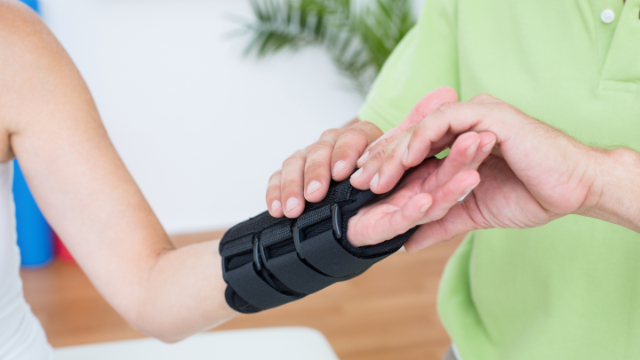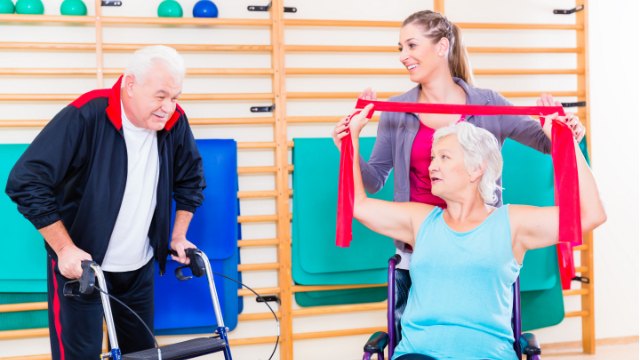
The fact that back pain is so common in the general population might make you feel as if you’re powerless to do anything to stop it from occurring. This can prove to be one of the biggest mistakes you can make, as failing to take any action whatsoever is certain to only make matters worse.
The truth is that your chances for developing back pain depend on a multitude of factors. Some of these factors, like your genetics, bone alignment, and age-related changes that eventually occur in everyone, are more or less completely out of your control. However, there are a great deal of other factors related to your everyday life and habits that also play a significant part in determining your chances of getting back pain. These are the factors that are ripe for change.
Weight problems, for example, are a big contributor to back pain. Not being a healthy body weight can put excessive pressure and strain on the spine, which weakens structures and increases the potential to experience pain. Obese individuals are especially more likely to suffer from low back pain because of their extra weight in the midsection, which pulls the pelvis forward and strains the lower back even more. Reduced fitness levels can also contribute to back issues, as having muscles that are weak or inflexible means there is less support for the spine and it can, therefore, become damaged more easily.
Key lifestyle changes to reduce your risk for experiencing back pain
If you’re concerned about your chances of confronting back pain at some point in your life, the best strategy you can devise is to make smart modifications now to your lifestyle. While there are no guarantees that any lifestyle changes will completely eliminate your risk, following these tips is sure to have a significant impact on reducing it:
- Become more physically active: if you’re not already getting the recommended 150 minutes of moderate-intensity activity (like brisk walking) or 75 minutes of vigorous-intensity activity (like jogging) each week, you should make it a primary goal to reach these weekly targets; try various types of exercise to figure out which are best for you, and create a feasible exercise plan that you can stick with in the long term
- Maintain a healthy weight: as mentioned above, weight is one of the bigger factors in determining risk for back pain, so losing weight should be another major focus if you are currently overweight; this is obviously easier said than done, so it may be best to see a dietician or nutritionist to identify dietary issues and establish a healthy eating plan
- Stop smoking: smoking restricts blood flow to the intervertebral discs that lie in between the spinal bones (vertebrae), which gives smokers a much higher chance of having back pain; so quitting now is another great way to reduce your risk
- Minimize excessive stress on the spine: the way you position your body when you’re sitting, standing, and walking all affect your spine, and excessive stress on the spine, over time, can cause back pain; so if you work at a computer, make sure it’s at eye level, sit with your feet flat on the floor and the back of your chair in an upright position; the keyboard should also be directly in front of you, close by, and at a height so your shoulders are relaxed, elbows slightly bent, and wrist and hands straight
- Reduce stress levels: stress can cause you to tense and tighten your muscles, which deprives them of the energy needed to support the spine and can result in back pain; any activity that alleviates stress can therefore also affect back pain risk
- Avoid high heels, extremely tight pants, and heavy handbags and briefcases: these lesser-known factors may also contribute to the development of back pain in various ways, so you should try to take steps to avoid them as much as possible
If you need additional motivation, you should notice that perhaps the best part of these lifestyle changes is that they don’t only apply to back pain risk. These are healthy behaviors in general that will lead to a number of other benefits in your life, so you can improve your health while also lowering your risk of experiencing back pain.









